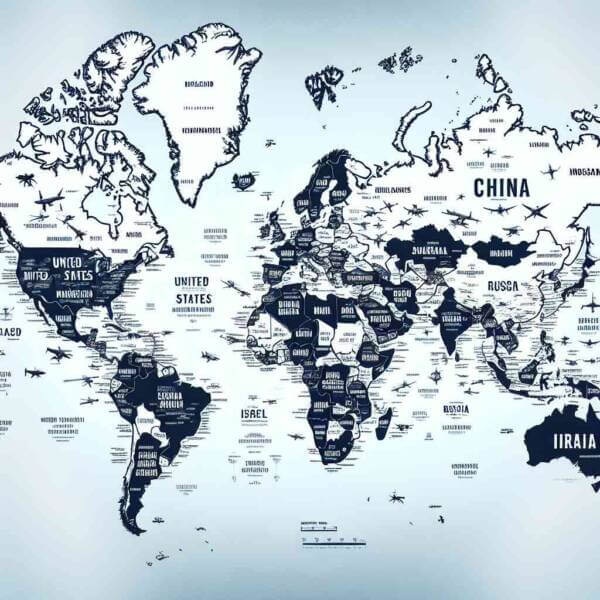The Future of Military Aviation
The Future of Military Aviation
Blog Article

The use of aircraft in military operations transforms battlefield tactics.
Nations invest heavily in military aviation to enhance defense capabilities.
How Military Aviation Began
Military aviation started during World War I, with aircraft initially used for reconnaissance.
Important events in the evolution of military aviation:
- The introduction of fighter planes and bombers
- Creation of long-range bombers and jets
- Emergence of strategic bombers and nuclear deterrence
- Rise of unmanned aerial vehicles (UAVs)
Each era brought innovative strategies that expanded aerial warfare.
Different Roles of Military Planes
Military aviation includes a variety of aircraft, each designed for unique purposes.
Major aircraft classifications:
- Planes built for speed and agility
- Planes that deliver heavy payloads
- Planes used to move troops and equipment
- Unmanned aircraft for intelligence gathering
Each type plays a critical function in military operations, from securing airspace.
Importance of Air Superiority
Air superiority is crucial for achieving military success.
Strategic advantages of air dominance:
- Providing close air support
- Targeting infrastructure and logistics
- Gathering critical intelligence
- Psychological impact on enemy forces
Nations with strong military aviation capabilities can defend their interests more effectively.
Advancements Shaping the Future
Constant research and development open new possibilities for future warfare.
Cutting-edge developments:
- Stealth technology
- Ultra-fast strike capabilities
- Unmanned aircraft operating independently
- Directed energy weapons
These advancements expand mission possibilities for air forces worldwide.
Challenges in Military Aviation
Despite technological superiority, military aviation faces complex problems.
Key challenges include:
- Expensive research and operations
- Rapid technological changes
- Protecting systems from hacking and sabotage
- Ethical concerns with autonomous weapons
Addressing these challenges is crucial to staying ahead.
Future of Military Aviation
Nations will continue investing in cutting-edge aerial technology to maintain strategic advantages.
Expected advancements:
- Autonomous mission planning
- Space as the next battlefield
- Reducing environmental impacts of defense operations
- Enhanced multinational cooperation
The next era of military aviation will revolutionize how wars are fought.
The Enduring Power of Military Air Forces
Its history, present achievements, and future possibilities showcase technological excellence.
As technology continues military aviation to evolve, the skies will remain a frontline of innovation where military aviation protects nations.
The future of military aviation is full of potential — and it’s only just beginning. Report this page